.jpg)
So, you’ve switched up your routine. You’ve cleaned up your diet, avoided dairy, and tried every spot treatment you can find. But despite your best efforts, those breakouts keep coming back. If this sounds familiar, you’re probably dealing with hormonal acne.
These breakouts often follow a predictable pattern and tend to show up in the same areas, at the same times each month. They aren’t random, and they aren’t a reflection of poor skincare habits either. They’re a response to internal changes, and your skin is trying to tell you something important.
In this blog, we’ll define hormonal breakouts, uncover what your skin might be trying to tell you, and show you how personalised skincare here at MiQuest can help get it under control – for good.
What are Hormonal Breakouts?
Hormonal breakouts are caused by fluctuations in hormone levels, which can affect how much oil (sebum) your skin produces. When these hormone shifts lead to excess sebum, clogged pores, and inflammation, acne usually follows.
These fluctuations are common during certain phases of the menstrual cycle, times of increased stress, sleep disruption, or as part of conditions like PCOS (Polycystic Ovary Syndrome).
Hormonal acne often appears in the same areas, usually along the chin, jawline, and cheeks, and is often deeper and more painful than the occasional breakout. It also tends to resist most over-the-counter products because it’s rooted in internal imbalances, not surface-level issues.
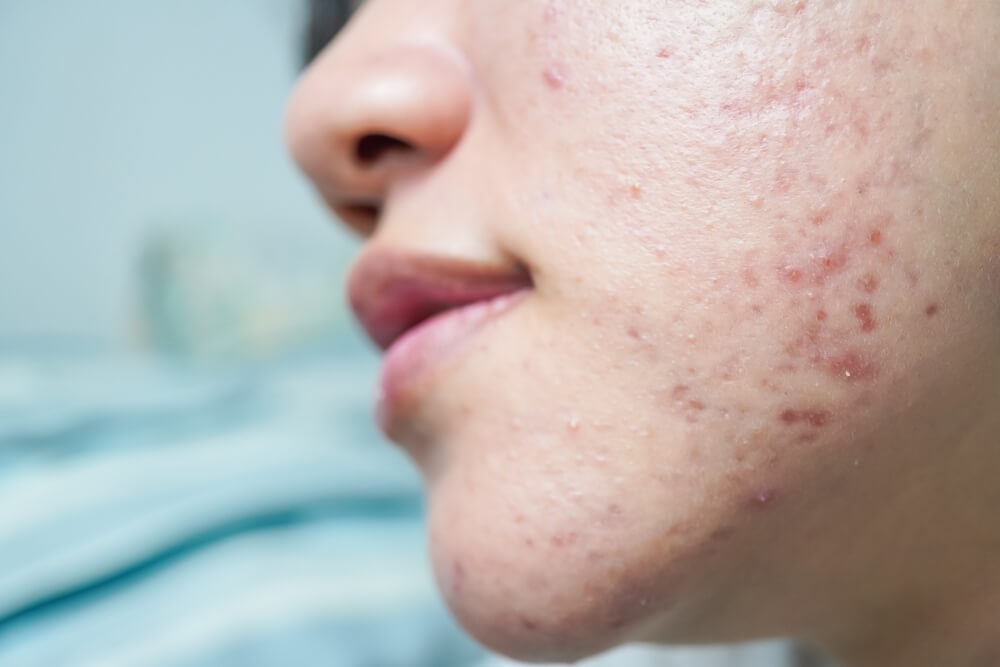
What Your Breakouts Might Be Telling You
By understanding your breakout patterns, you can identify what’s going on beneath the surface.
Breakouts before your period:
Hormonal acne flare ups are common during the luteal phase, just before menstruation, when oestrogen and progesterone drop and androgens rise. In this phase, your hormonal cycle is shifting and triggering increased oil production and inflammation.
Persistent jawline and chin acne:
Spots in this area are a key sign of androgen activity, which increases sebum production and can lead to blocked pores and deeper blemishes. This is your skin responding to ongoing hormonal influence.
Flare-ups during stressful periods:
High cortisol (your stress hormone) can disrupt the hormonal balance and increase oil production. Stress could be a significant factor in your acne and managing it can help reduce flare-ups.
Acne that doesn’t respond to products:
If you’ve tried a variety of cleansers, spot treatments, or serums that have had little or no effect, your acne may not be a surface issue at all. Targeting the root cause requires clinical insight and a more personalised acne removal cream.
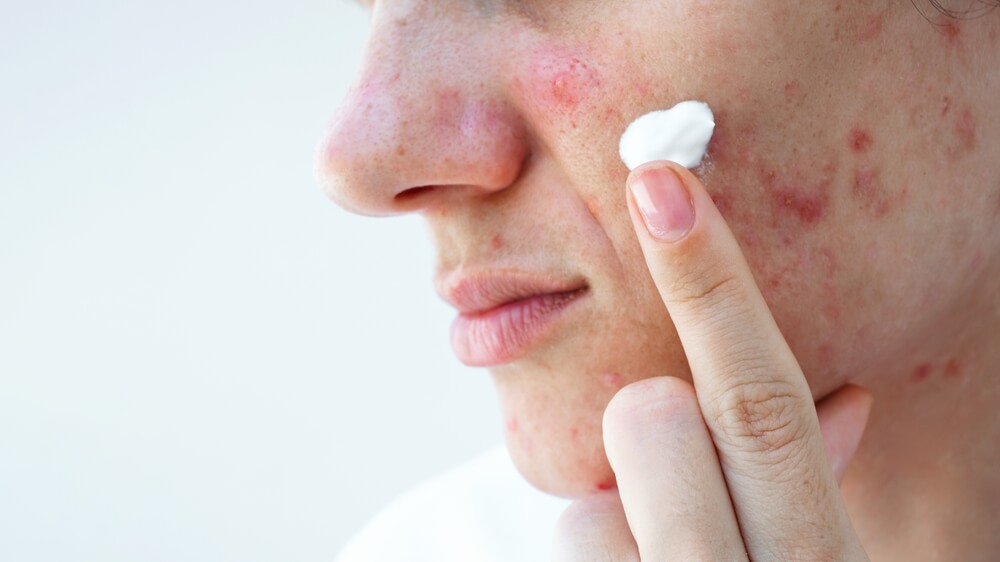
You’re Not Imagining It – Your Skin Needs a Different Solution
Hormonal acne often requires a tailored treatment that addresses what’s happening inside your body, not just what’s on your skin. Here at MiQuest, our personalised acne treatment plans combine clinical expertise with AI-powered technology to develop solutions made for your skin.
Every formula is prescribed to support your concerns, whether you're looking for hormonal acne cream, pigmentation cream, or rosacea treatment cream, with all ingredients backed by evidence.
With our prescription skincare, you can stop cycling through generic products and start seeing results that actually make a difference.

Your Skin’s Speaking – Are You Ready to Listen?
You don’t have to put up with recurring breakouts. But you should listen to them. You need the right support, and here at MiQuest, we’re dedicated to helping you achieve your healthiest, most confident skin yet.
Why not start your skin consultation today?
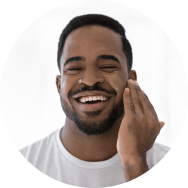


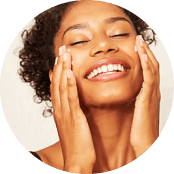

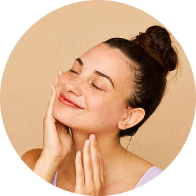
AI-Empowered Dermatology, Personalised For You.


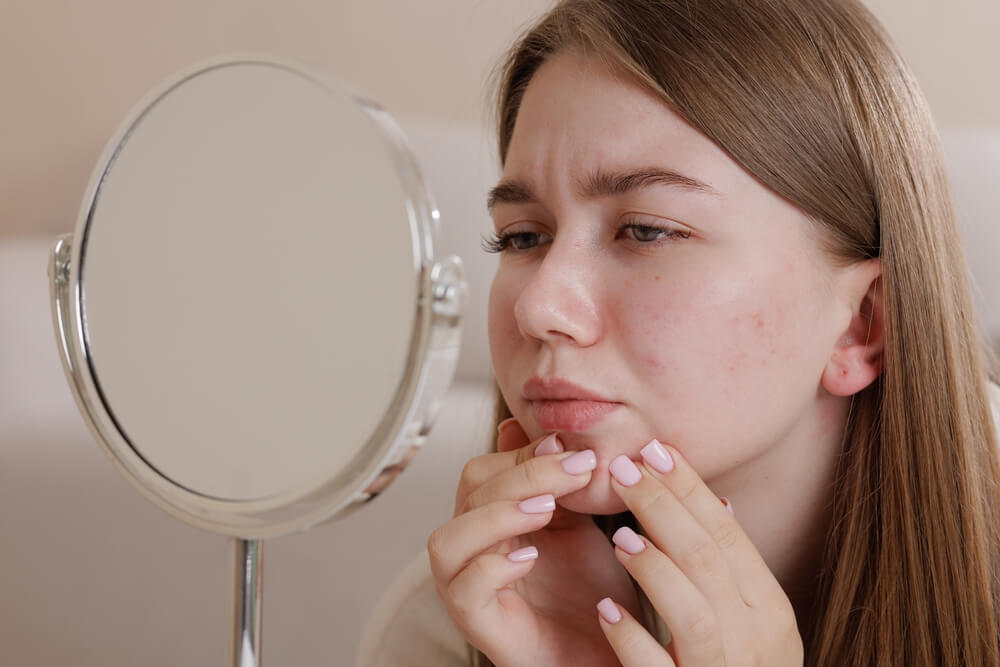
.jpg)


